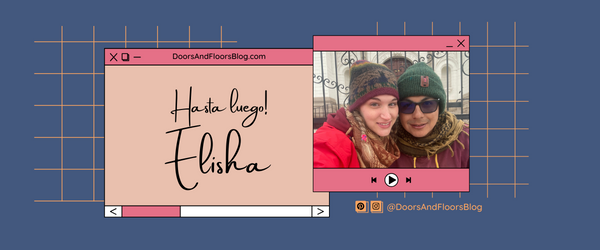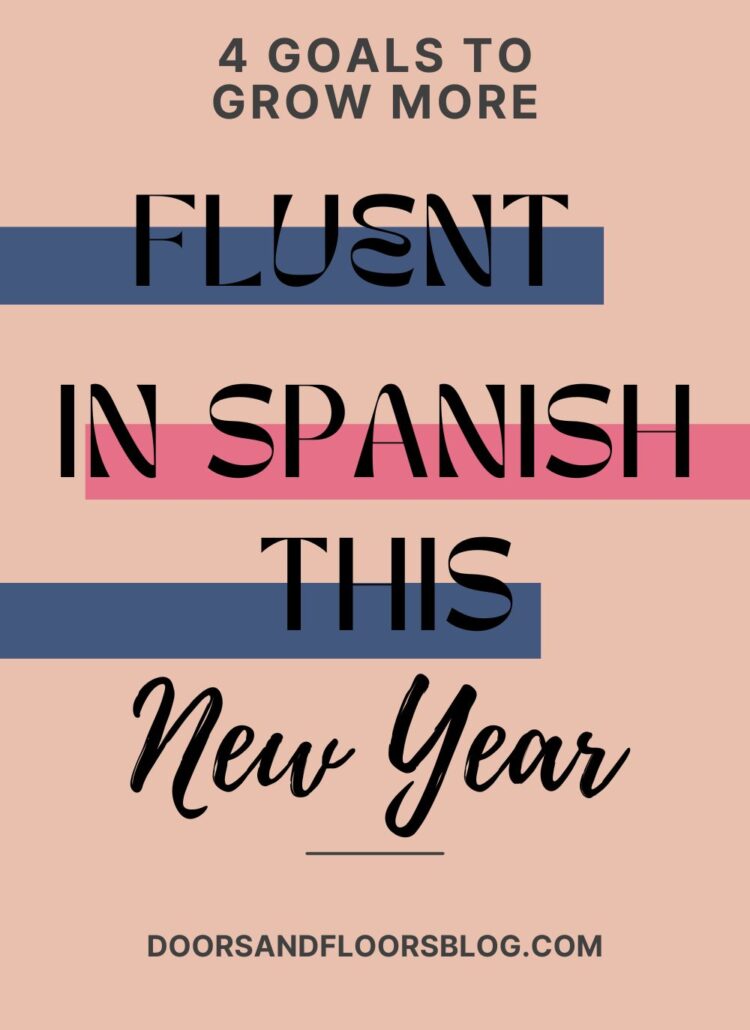
Hola, hola! Learning a new language can be tough, so today, let’s learn some fun Spanish phrases to use in your language-learning journey.
I am so excited to put together this post for you. I’ve grabbed all my (current) favorite Spanish phrases to share all the cool new things I’m learning. Some of these are… completely impractical in my day-to-day conversations. But they’re so fun to say! I hope you too will find a little joy in these 10 Spanish phrases and look for every (ridiculous) opportunity to use them.
Ready to jump in?
This post may include affiliate links. Please read my disclaimer page for more info.
Sabes qué

You know what? Let’s start right off the bat with how to say, “You know what” in Spanish.
“Sabes qué” translates to “You know,” or, “You know what.” It’s a simple phrase often used in daily conversation as a little check-in, like a, “You know? Do you understand what I’m saying?” Or it could be interpreted more like, “You know what?” followed by the telling of a fascinating story.
My niece is probably the person I know who uses this one the most. We’ll be chit-chatting about random things like popcorn, dancing fish, and fabric scraps and she’ll jump in with, “Lisha, Sabes qué?”
At this point, the conversation is obviously getting serious, so I usually put down whatever is pulling my attention, put both hands under my chin, and ask her with all sincerity, “No, qué? Dime.” Then we’ll continue to have deep and meaningful conversations about things you’d be jealous to know we chat about daily.
She doesn’t use it as much anymore in the former way, but she used to ask me, “Sabes?” to confirm that I understood what she was talking about.
Realmente
“Realmente” translates to, “Really.” It can be used in sentences like:
- ¡Es realmente increíble! – It’s really incredible!
- Es realmente triste – It’s really sad
- ¡Esto esta realmente delicioso! – This is really delicious!
I don’t know why it stands out to me as something super special, but it makes me smile when I hear realmente used in a sentence.
No te creo

“No te creo” is probably my most used one out of all of these Spanish phrases. It translates to, “I don’t believe you.” I love to insert it into every playful conversation with my husband or when chatting with my in-laws. I usually use it following, “Enserio?” which translates to, “Seriously?”
“No te creo” is the perfect addition to any conversation if you’re looking for some laughs and to participate in the conversation, especially if you don’t have a lot of other Spanish phrases to use.
You can, of course, use it in serious conversations too, but thinking back, I mostly only use it when I’m joking around with people.
No es mi culpa, es su culpa

Following the last one, “No es mi culpa, es su culpa” is the perfect phrase to use if you find yourself in a sticky situation and need to get out of it. Translating to, “It’s not my fault, it’s your fault” allows you to humorously deflect blame.
I have never used this in a serious conversation, but I love throwing it into conversations when we’re joking about unimportant things. Or following “No te creo.”
Que tengas un buen dia

This one probably should be my most used Spanish phrase, but apparently the distance between “Chau” and “Que tengas un buen dia” is so great, that it’s on my goal list instead of in my everyday speech.
I love the sound of this one and how polite it is to say “Que tengas un buen dia,” translating to “Have a good day.” This is the perfect sentence to use in everyday conversations, especially when you’re running errands.
Oye!
“Oye!” means “Hey!” However, it’s not like a hello type of hey. More so one that commands attention and sparks immediate engagement. It’s the best, itty bitty, and complete one-word sentence that can be used positively or negatively, depending on your tone of voice.
An example of a negative way you can use it is when someone steals some fries off your plate. You can give them a deep scowl and exclaim “Oye!” to essentially say, “Hey! That’s mine.” I mean, you can also literally say that, “Oye! Eso es mio.” But I’m sure if your angry eyebrows are done just right you won’t need much more than, “Oye!”
You could also call, “Oye!” with a lighter tone of voice to grab someone’s attention, like to call them in for dinner.
Bonita tú gorrita

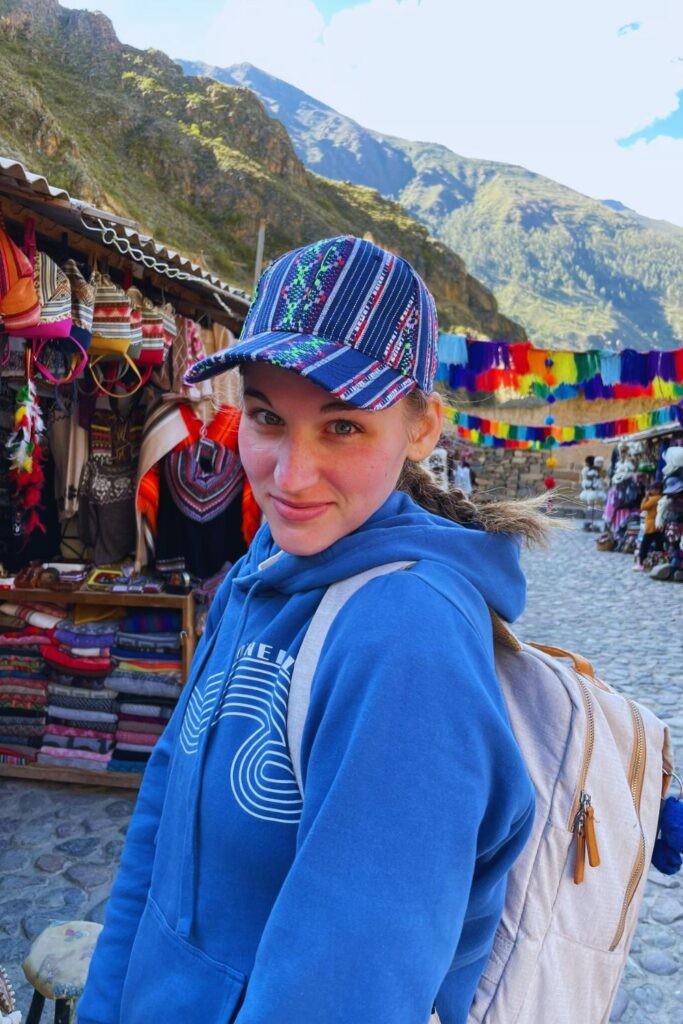
“Bonita tú gorrita” is my favorite compliment to give at the moment, because it’s fun to say. It means, “Your hat is pretty.” A gorrita is typically a baseball cap, so obviously this doesn’t translate to all the pretty hats in the world. But I still like looking for excuses to compliment people’s hats.
Speaking of, les gusta mis gorritas bonitas?
Agáchate
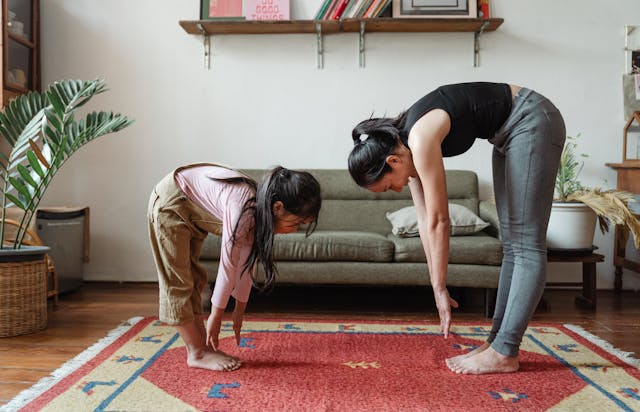
“Agáchate” is special and makes my favorite Spanish phrases list simply because…I like the way it sounds. It translates to “Duck” or “Bend over,” which all in all isn’t that exciting. But it’s super fun to say! It also kind of sounds like a sneeze rolling off the tongue.
I learned this phrase from my mother-in-law when she was helping me to put an aloe vera hair mask on my head. I needed to bend over so she could rub the chunk of aloe vera flesh all over my scalp and she said, “Lisha, agáchate.”
Cómo se llama tu llama?
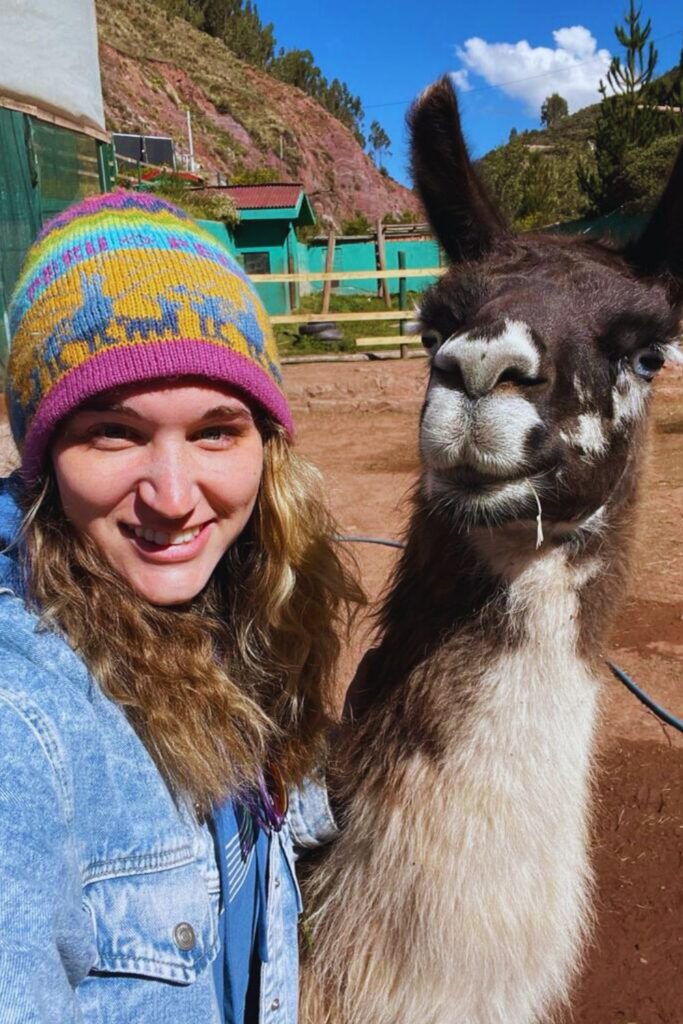
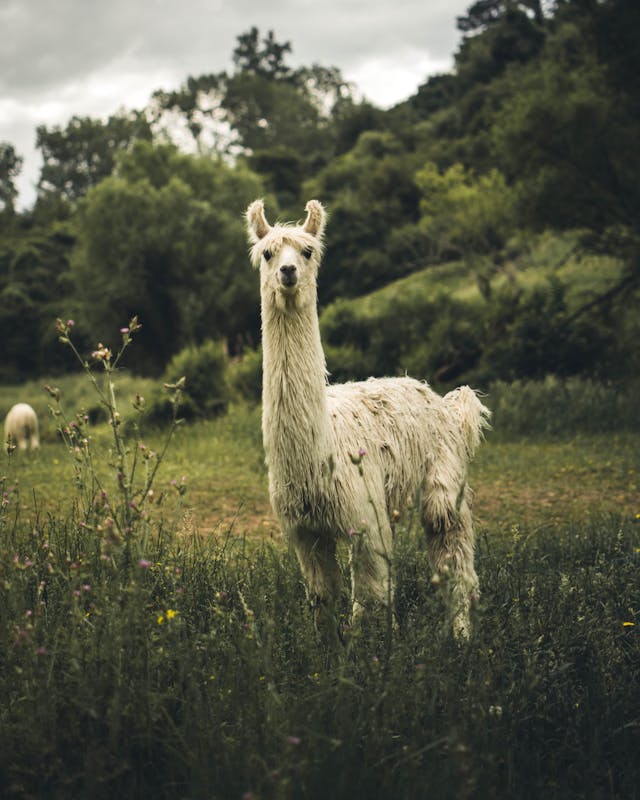
Ahem – ladies and gentlemen, we have reached the most fun one in today’s list of top 10 favorite Spanish phrases! …And simultaneously the only one you’re really going to struggle to fit into conversations. But I know we can do it if we’re determined enough!
“Cómo se llama tu llama?” Yes, that does translate to, “What is your llama’s name 🦙?” The best sentence, am I right? Completely impractical in every way for my daily Spanish but all too fun not to use.
So anyway, if you had an imaginary llama, cómo se llama tu llama? Tell me in the comments so we can keep the llama conversation alive! 🦙🦙
Que tus sueños te lleven donde tu corazón es feliz

“Que tus sueños te lleven donde tu corazón es feliz” means “May your dreams take you where your heart is happy.”
In other words, always remember to create the life you want, however you want, wherever you want.
I hope you found a new, exciting Spanish phrase to take with you into next week. If you did, let me know in the comments which one is your favorite! Anyway, que tengas un buen dia!
Looking for more Spanish posts, check some of these out!
- Learning How To Spell Your Name In Spanish
- 10 Spanish Questions/Phrases You Need To Learn Immediately
- 5 Ways To Respectfuly Set Boundaries In Spanish
P.S. Looking for a fun activity to play while traveling to your next adventure? We put together a great freebie that you can play with your seatmate on a plane, train, or long bus ride, download your free trivia here.
Playing trivia is a great way to participate in fun activities with your friends and family, even when you’re 4,591 miles apart or constantly on the go. It helps you keep your long-distance relationships growing and is sure to provide lots of fun!
Be sure to check out the free Trivia by clicking here!
